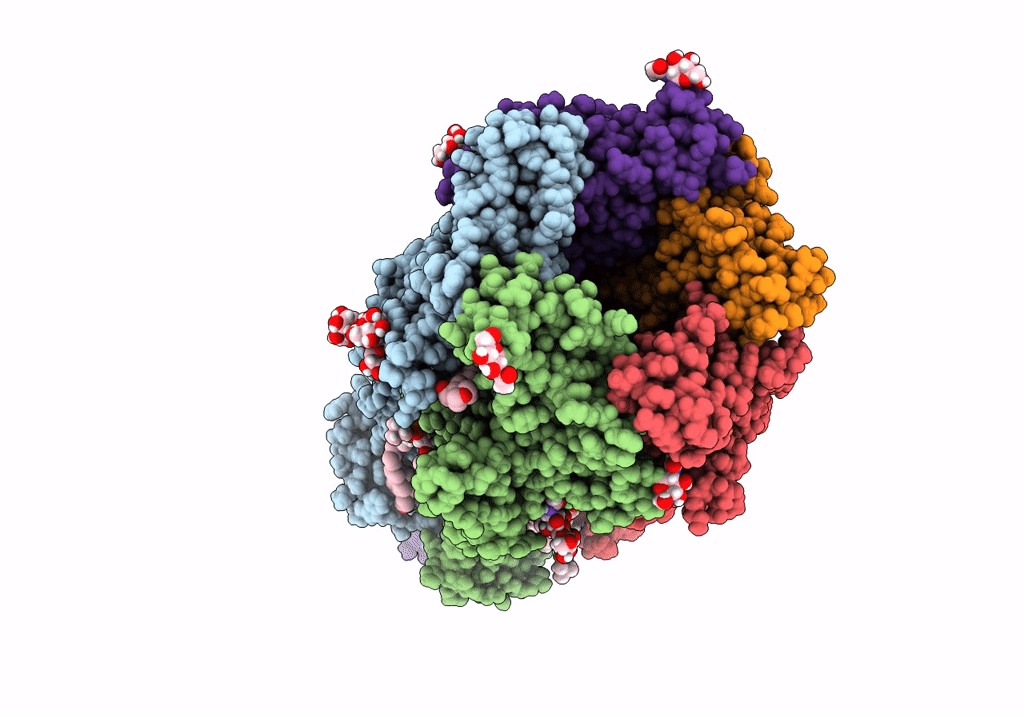
Deposition Date
2022-10-14
Release Date
2023-06-07
Last Version Date
2025-05-21
Entry Detail
PDB ID:
8ESK
Keywords:
Title:
Cryo-EM structure of Torpedo nicotinic acetylcholine receptor in complex with rocuronium, resting-like state
Biological Source:
Source Organism:
Tetronarce californica (Taxon ID: 7787)
Method Details:
Experimental Method:
Resolution:
2.90 Å
Aggregation State:
PARTICLE
Reconstruction Method:
SINGLE PARTICLE


